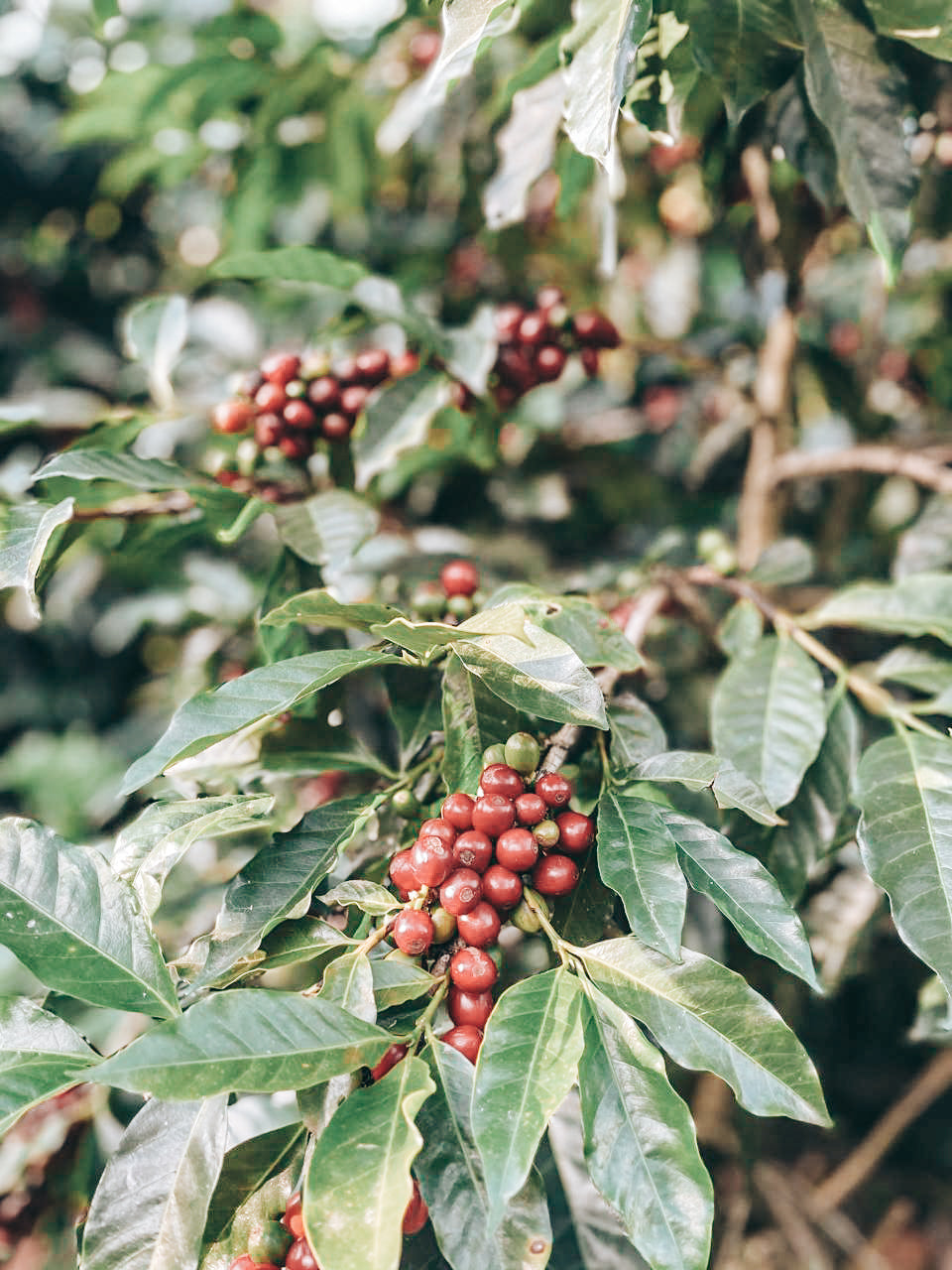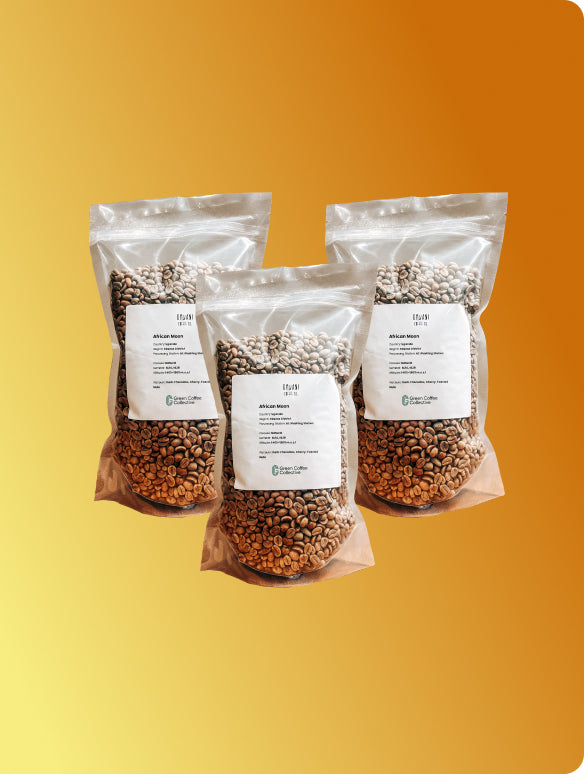The choices that shape your cup often start years before a harvest. For producers, deciding what varietal to plant or which processing method to use isn’t just about flavour. It’s about market access, margins, and whether the farm remains viable in the long run.
Most of the value in coffee is added further down the chain – in roasting, branding, retail. Raw green coffee reaps a much smaller margin than coffee after it is processed. So to access better-paying markets, producers need to find ways to increase the value of their coffee before export. Two of the most important options they have are varietal choice and processing method.
Varietals: long-term investment, longer-term risk
Planting a new varietal isn’t a small decision. It changes how a farm operates – from how trees are spaced, to how pests are managed, to how the coffee is dried and sorted. And it’s a decision that locks a producer in for years.
Some varietals, like Geisha or Sidra, attract high prices. But they’re not easy to grow. Geisha, for example, needs high altitude, specific microclimates, and consistent maintenance. It’s low-yielding and disease-prone, but when it works, the results can be exceptional.
Others, like Ombligon, are still emerging. Known for its complexity and sweetness, it grows well in varied conditions – but the bean itself is fragile. It’s easily damaged during drying, which makes post-harvest handling more demanding.
These varietals offer producers a way to differentiate and potentially earn more, but the risk is real – if the market shifts or buyers don’t recognise the value, the investment doesn’t pay off.
Processing: more adaptable, but not easy
Processing is another way to stand out. A producer might not have the right conditions to grow Geisha, but they can still take a high-yielding, disease-resistant varietal and process it differently to bring out new qualities.
Techniques like carbonic maceration and thermal shock can add complexity, increase perceived quality, and open up access to new buyers. But they require precision and infrastructure – temperature control, tanks, trained staff. They also require a market that understands and values these methods.
Co-ferments – where ingredients like fruit or spices are introduced during fermentation – are more divisive. Some see them as innovation; others see them as interference. Either way, they’re a response to market demand, and for some producers, they’ve been an effective way to stand out and secure better prices.
But these processes come with tight margins for error. Poor control leads to overly fermented or badly-processed coffees. Equipment costs add up quickly. And the more experimental the method, the narrower the audience, which makes it a riskier option for producers.
So, which should producers choose?
Varietals are harder to switch. If something doesn’t work, it can take years to recover. Processing offers more short-term flexibility – but requires knowledge, technology, and the right infrastructure.
In both cases, producers are making complex decisions with real financial consequences. It’s not just about chasing flavour or following trends. It’s about trying to make coffee viable – and making sure it stays that way.

